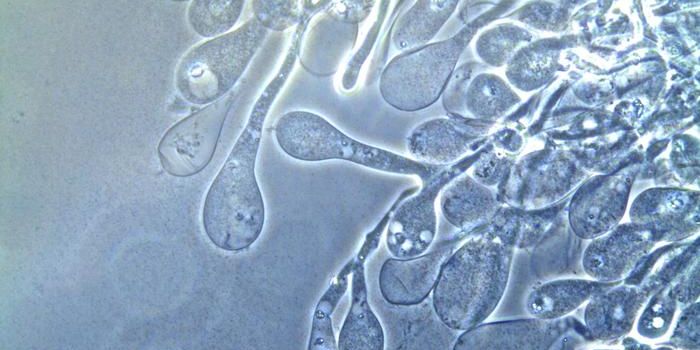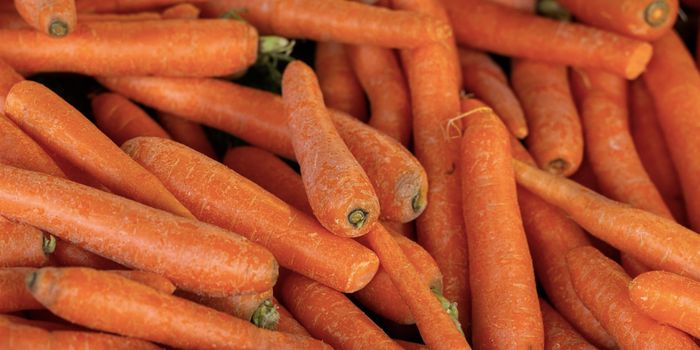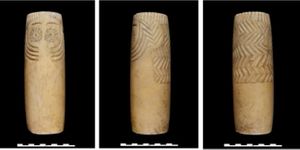Genome sequencing reveals a detailed history of grape domestication
Grapes have long played a crucial role in human society, both modern and ancient. Especially when it comes to the production of wine, grapes have proved to be a valuable and popular crop. It was so popular that the ancient Romans likely drank wine on a daily basis!
Yet, many questions have remained about how exactly, and when exactly, humans domesticated grapes for both wine making and eating purposes. According to a new study published in Science, genomic analysis has enabled researchers to shed new light on the evolution of grape domestication. The results have challenged previously held beliefs about how, where, and when human domesticated different strands of grapes.
Previously, the consensus about grape cultivation held that the Vitis vinifera grapevine strain is the common ancestor of all current grapevine strains, and that it was first domesticated somewhere in Western Asia. Prior assumptions also stated that grapevines used to make wine were first domesticated before grapevine varieties used to grow eating, or table, grapes. According to the new genomic analysis, researchers suggest both of these consensus statements are incorrect.
The research team conducted a genomic analysis of roughly 2400 grapevine varieties collected from 16 different countries. They included both wild and domesticated strands in their analysis. Using a completely constructed genome form the Vitis sylvestris strand, researchers then compared other grapevine strands to this strand.
Their first conclusion was that grapes were actually first domesticated in two separate locations: Western Asia, as was previously known, as well as regions of the Caucasus mountains between the Black and Caspian Seas. Researchers also found that not only were grapes domesticated in these two regions around the same time (roughly 11,000 years ago), but table grape varieties were also cultivated around the same time.
The genomic analysis also revealed that there were certain genetic features that played a role in helping humans domesticate grapes. These factors could play an important role in grapevine cultivation and wine making today, especially for grapes grown in regions that are especially susceptible to the effects of climate change.








